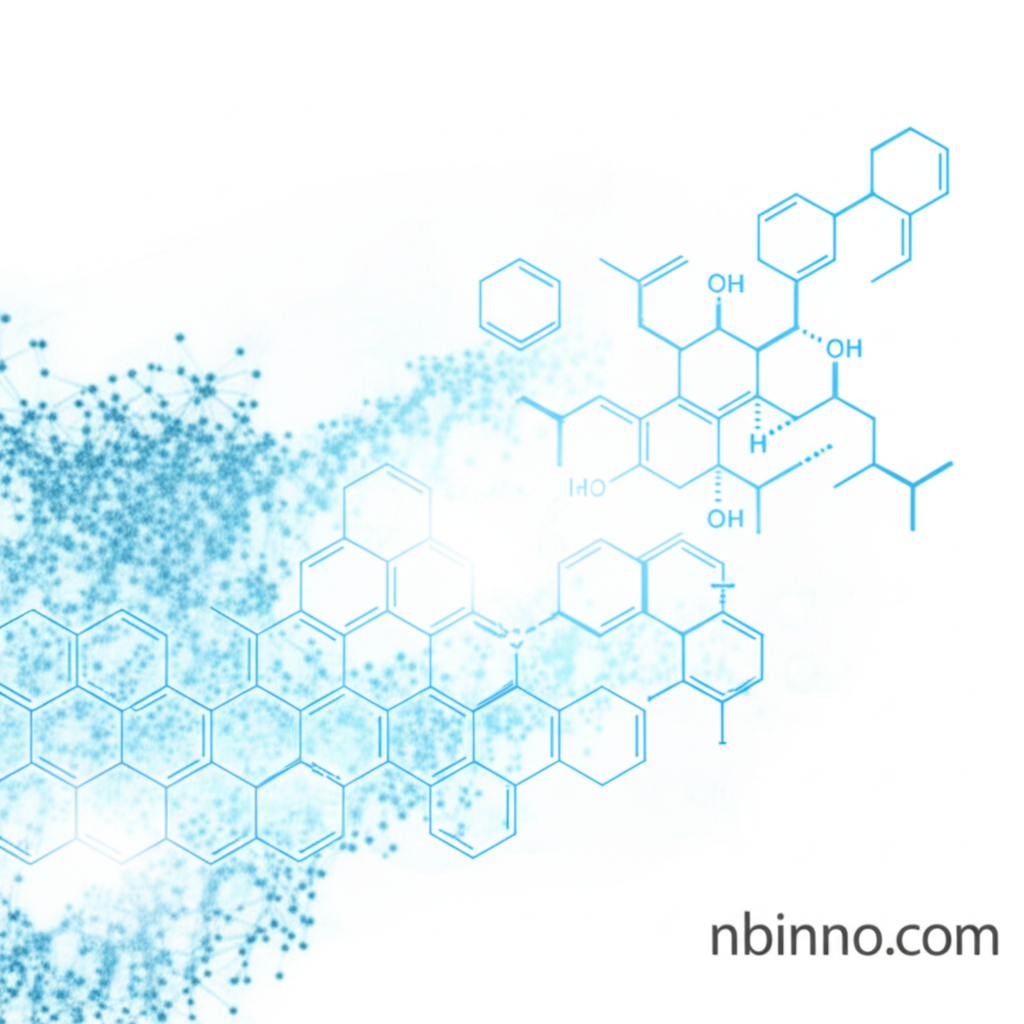N-(4-Hydroxy)benzyl RactopaMine: Properties, Applications, and Synthesis
Explore the chemical properties and applications of N-(4-Hydroxy)benzyl RactopaMine, a key compound in advanced chemical industries.
Get a Quote & SampleProduct Core Value

N-(4-Hydroxy)benzyl RactopaMine
This section delves into the essential characteristics of N-(4-Hydroxy)benzyl RactopaMine, a chemical compound vital for various advanced applications. Its detailed chemical profile and categorized uses provide a clear understanding of its significance in the industry.
- Understanding N-(4-Hydroxy)benzyl RactopaMine CAS 1330264-65-7 highlights its primary role in specialized chemical sectors.
- The compound is classified under pharmaceutical intermediates and fine chemicals, indicating its importance in drug development and high-purity chemical manufacturing.
- Its application extends to UV-Curing Materials, showcasing its utility in advanced material science and coatings.
- Detailed information on its chemical properties, including molecular formula and weight, ensures precise application and formulation.
Key Advantages
High Purity for Pharmaceutical Use
As a compound categorized under pharmaceutical intermediates, N-(4-Hydroxy)benzyl RactopaMine offers the high purity required for sensitive applications in drug synthesis and research.
Versatility in Material Science
Its inclusion in UV-Curing Materials demonstrates versatility, enabling applications in coatings, adhesives, and other light-activated systems, leveraging its unique chemical properties.
Reliable Supply Chain Information
Availability of supply ability of chemical compounds information ensures that potential buyers can assess the viability of sourcing this material for their production needs.
Key Applications
Pharmaceutical Synthesis
Serving as a crucial pharmaceutical intermediate, this compound plays a significant role in the synthesis pathways of various medicinal compounds.
UV-Curing Formulations
Its application in UV-Curing Materials allows for advancements in coatings, inks, and adhesives that cure rapidly under UV light.
Fine Chemical Manufacturing
As a fine chemical, it is utilized in precise manufacturing processes where high purity and specific chemical properties are paramount.
Material Protection
The compound's potential in UV-Curing signifies its role in creating durable materials that are protected from UV degradation, as suggested by general industry knowledge of UV absorbers.
